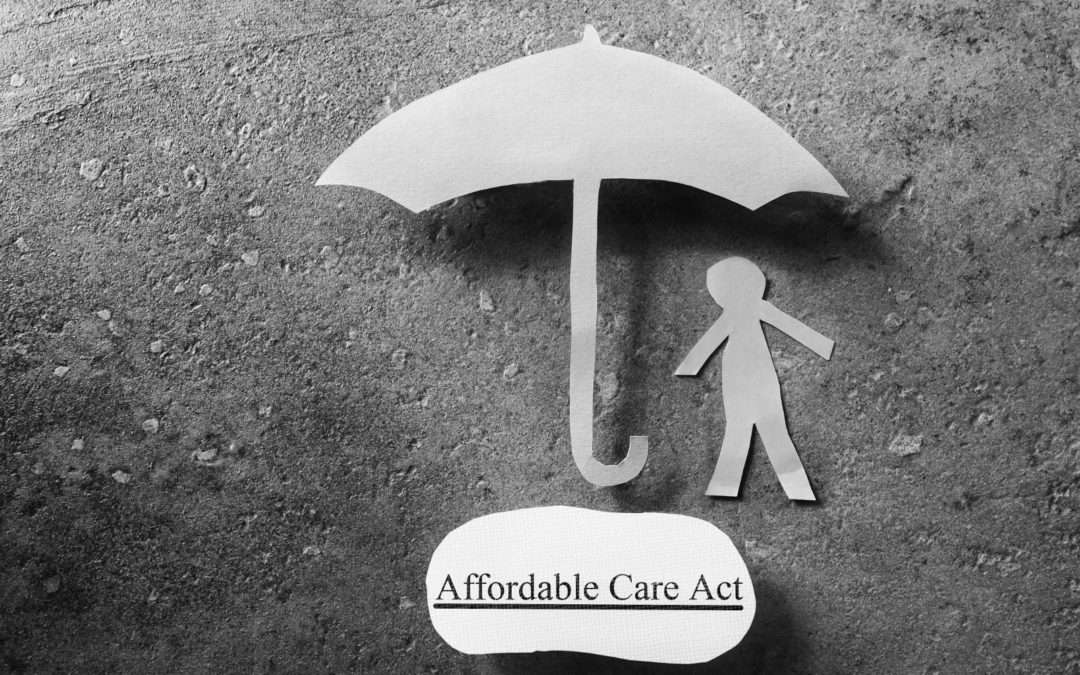Are you an insurance agent? Click here to visit our agent site.

How ACA Subsidies Work
by webdev | November 21, 2017
Under the Affordable Care Act (ACA), low- and middle-income Americans may be eligible to save money on their insurance premiums thanks to the subsidies allowed under the law.
How Subsidies Work
ACA subsidies work on a sliding scale, by limiting what you are required to contribute toward premiums to a fixed percentage of your annual income in relation to the Federal Poverty Level.
The value of your subsidy depends on the cost of the benchmark Affordable Care Act plan in your area, which is the second-lowest cost silver plan available to you. If that plan costs more than a certain percentage of your estimated annual income, you may be eligible for a subsidy to cover the difference. You can use the subsidy when you buy a qualified ACA insurance plan.
Most individuals receive their premium subsidies in the form of an advanced tax credit when you file your income taxes, and the subsidy is applied directly to the cost of insurance. Since the amount is based on projected income, actual subsidy amounts vary. The more money you make, the less subsidies you receive.
If you receive a higher subsidy amount than you were actually eligible for, you are responsible for paying back some or all of the tax credit.
The Future of ACA Subsidies
In October 2017, President Donald Trump announced that his administration would stop the subsidies, called cost-sharing reductions. While Democrat and Republican lawmakers are working on a short-term solution, the future of ACA subsidies is somewhat up in the air. The nonpartisan Congressional Budget Office has said that ending the subsidies would mean a 20% increase in silver plans in 2018, and some would have no insurance at all.
Want to know more about ACA subsidies? Contact Fidelis today!
What People
are Saying
About Us!
“Just wanted to say thank you for making this healthcare nightmare so easy. You are a lifesaver.” ~ Beth K.
“Lauren made my selection “stress free”. ~ Janet B.
“Adam is a trustworthy man. He had a great head on his shoulders and I can’t think of a reason to not do business with him. I recommend Fidelis Consultants to everyone.” ~ Nic S.
Contact Us
Call us at:
1-855-872-6565
to learn more about your dental insurance options.